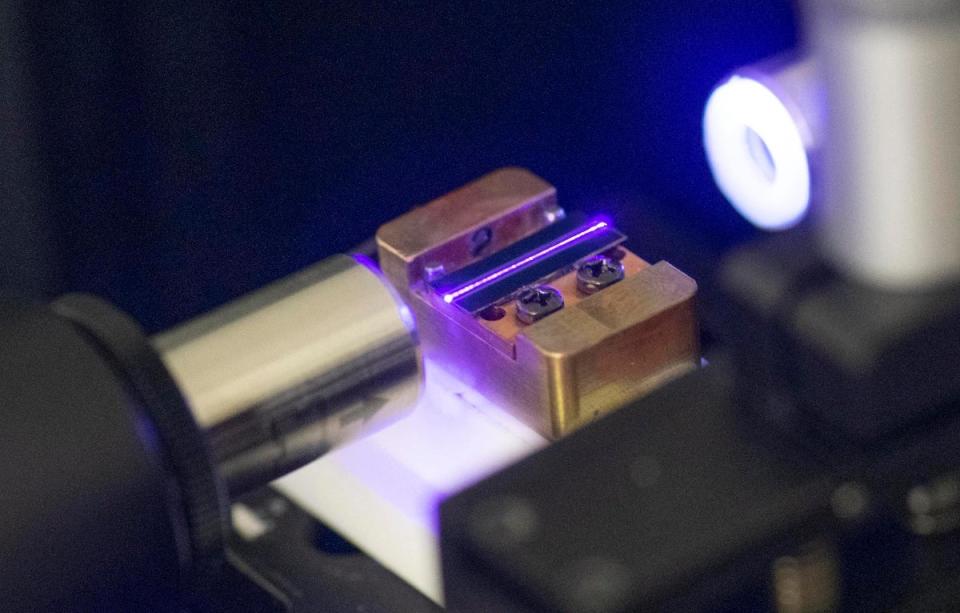Breakthrough could save us from the ‘quantum apocalypse’

A new quantum computing breakthrough could allow for vastly more secure communications, according to scientists.
The discovery also helps stem fears about one of the potential negative effects of the proliferation of quantum computers: the “quantum apocalypse”. That is the fear they will be able to do calculations that are so quick they break existing security techniques, and allow our communications to be read by anyone.
Now researchers say they have a solution for that problem that will also help keep encryptions more secure than they currently are. And it relies on quantum entanglement: the strange and still mysterious behaviour that Albert Einstein described as “spooky action at a distance”.
In today’s computers, communications are kept secure by locking using encryption technology, and that lock can only be opened by the intended recipient, who has a key. That is used for all communications that need to be kept safe, from personal messages to credit card numbers.
Such systems work using very difficult mathematical problems. Only the key holder is able to do them – anyone else, without the key, would have to work for thousands of years to calculate the answer to those hard problems, and so the message would remain scrambled.
But hackers are still able to hold onto those messages, even if their contents remain impossible to read. In theory, they could keep hold of them until the security is weakened, either by finding bugs in the system used to encrypt them or by waiting for the “quantum apocalypse”.
That would arrive when quantum computers become powerful enough to solve those difficult mathematical problems relatively easily. Given the difficulty of the problems is key to their use in encryption, cracking them would break down those encryption systems.
Now scientists have used quantum behaviour to find a way around that, however, with a system where keys would instead be distributed by quantum particles, such as photons. If those quantum particles are even measured, then they will be disturbed, and so the information can be kept secure.
Attempts to use such systems have been held back by the fact they still require trust in some parts of the system, such as the photon sources and detectors. The more such parts of the system, the more potential weaknesses there are for any hacker to try and break into.
In a pair of new papers published in Nature, however, engineers reveal that they have been able to use quantum entanglement to get around those issues. The system does not require trust in the devices that are making and detecting the quantum particles.
It does so by using entangled particles, rather than single photons. Those particles act on each at a distance, and so there is no system to trust; any attempt at tampering with the system by hackers would be immediately clear.
Experiments to prove the system works are detailed in those two papers: ‘Experimental quantum key distribution certified by Bell’s theorem’, and ‘A device-independent quantum key distribution system for distant users’. Both are published in Nature today.

 Yahoo Finance
Yahoo Finance 